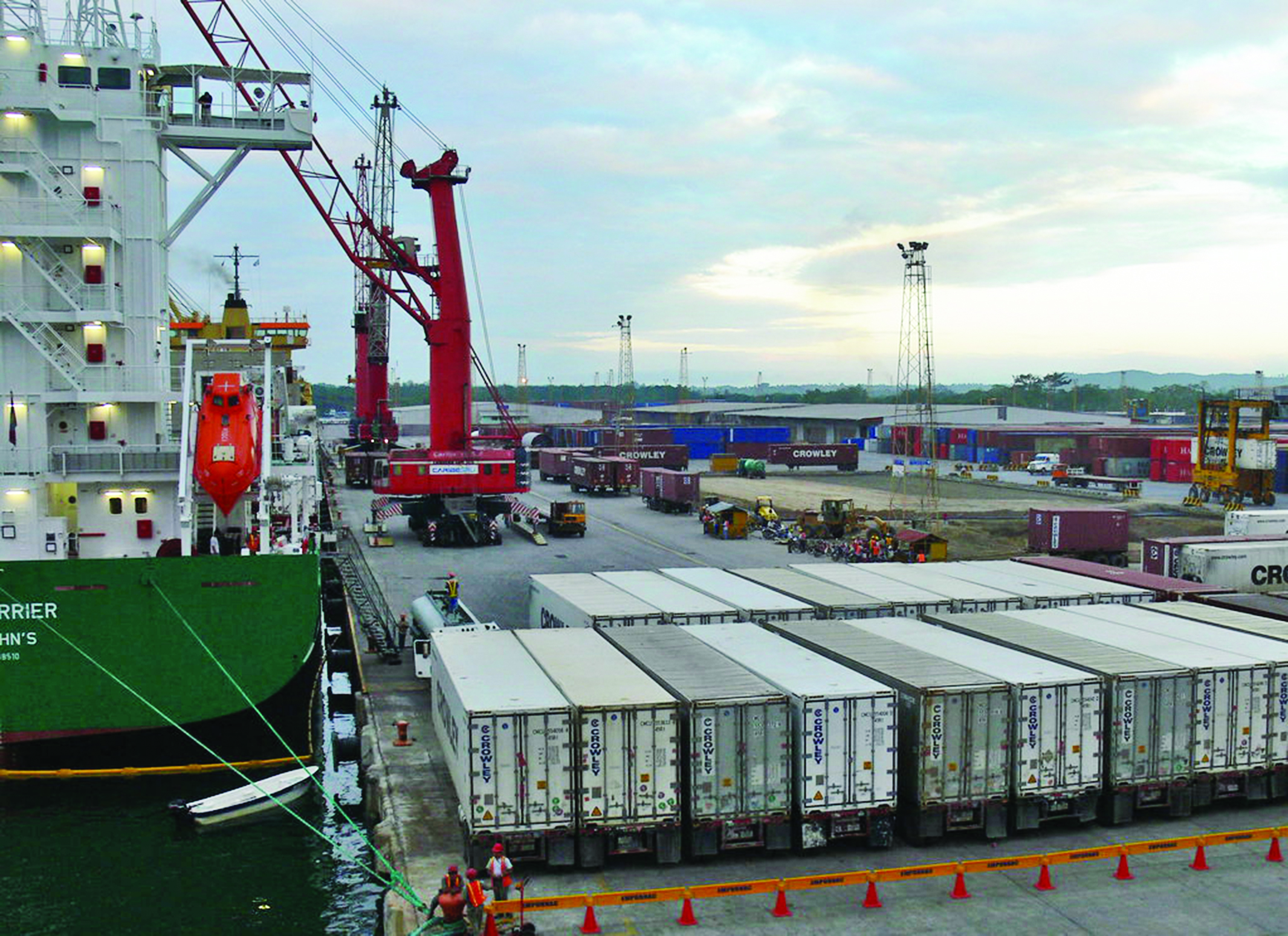
The RBI’s trade settlement system, set up in July 2022, has been attracting interest from countries across the world. The mechanism facilitates the usage of the Indian Rupee for cross-border financial transactions through a Vostro account, thereby reducing dependence on existing international currencies. The RBI has granted permits to banks from 18 countries to open Special Vostro Rupee Accounts (SVRAs) to settle payments in rupees. These 18 economies range from developed countries to emerging economies such as Botswana, Fiji, Germany, New Zealand, Sri Lanka, and the United Kingdom. Russia, by completely replacing the US Dollar and Euro for international financial settlements, became the first country in the world to begin settlement of foreign trade in the Indian Rupee, a push facilitated by the US sanctions on Russia in light of the Russia-Ukraine conflict.
In recent years, the United States is known to use US Dollar dominance as a means to arm-twist countries into accepting its geopolitical stands. Moreover, a strengthening US Dollar has made it more expensive for many countries to import essential items. This has generated further demand for an alternative currency. Tajikistan, Cuba, Luxembourg, and Sudan are also in talks with India to use the Vostro mechanism. India is having discussions with key oil suppliers Saudi Arabia and the United Arab Emirates (UAE), amongst other large trading partners, to denominate trade in rupees.
The launch of the wholesale and retail Digital Rupee in November-December 2022 as a central bank digital currency (CBDC) will further the usage of the Indian Rupee as a medium of exchange beyond Indian borders. Adding the needed resilience in the way payments are made, the Digital Rupee will boost cross-border payment space by reducing dependency on physical paper currency. Shifting to a digital currency will reduce trade and transactions in cryptocurrencies and address concerns related to money laundering, terror financing, and tax evasion.
The cost-effective and time-efficient nature of CBDC will aid the internationalisation of the Indian Rupee by bolstering the integration of the domestic economy in foreign trade and international capital flows. Over the course of the last few years, the RBI has taken several steps to liberalise the exchange rate mechanism, boosting the rupee’s appeal as a reserve currency and pushing it towards becoming a more widely accepted currency for international trade.